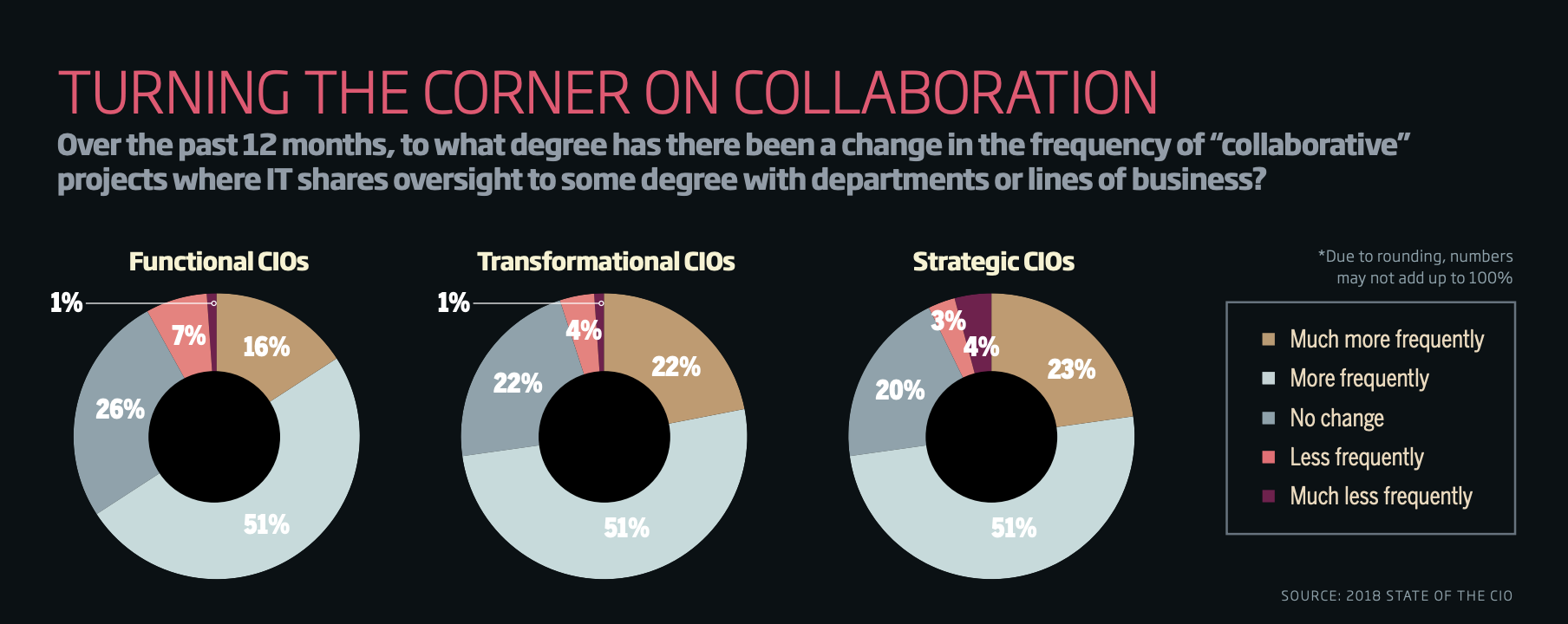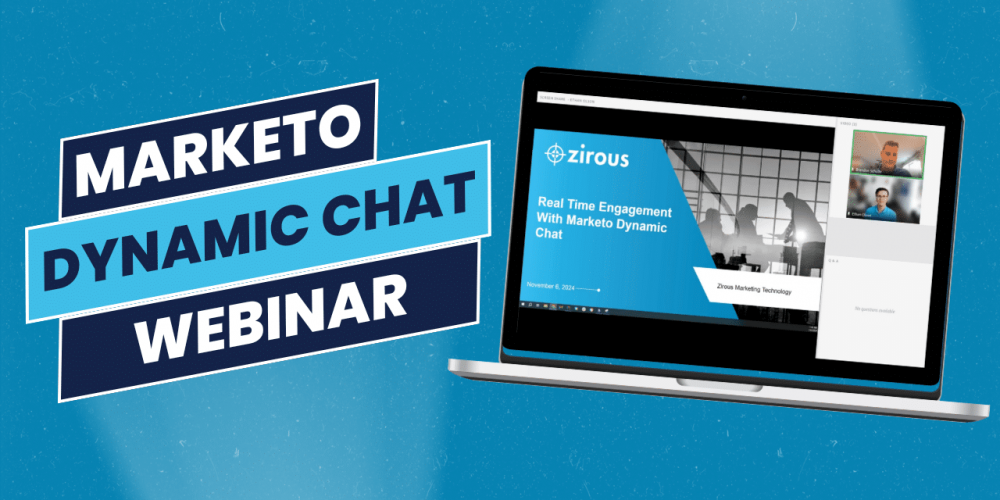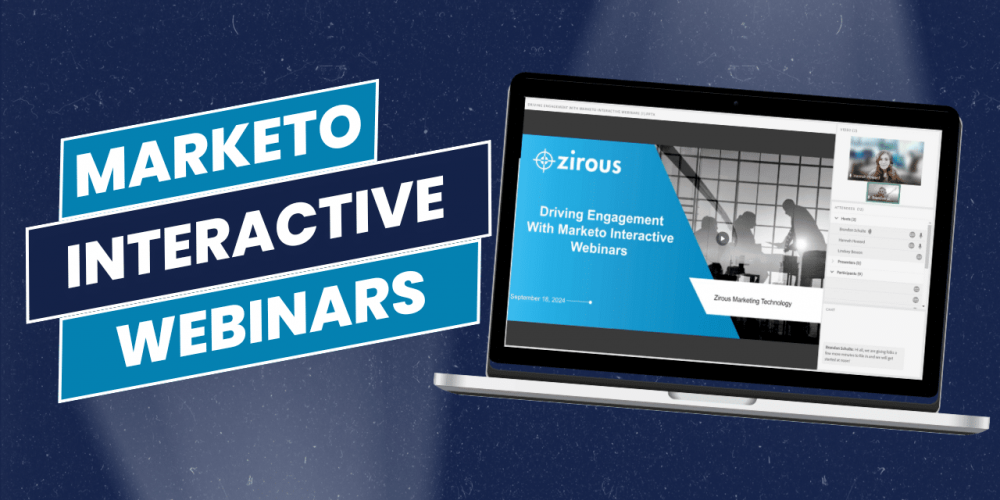Looking to enhance your website's engagement and capture valuable leads in…
Key Takeaways:
- By focusing on first-party data you can construct a customer-data pipeline that can be utilized for driving customer touchpoints.
- Aligning objectives between technology and business units will create synergy and collaboration between those units to reach organization-wide goals.
- Keep your customer engagement high by using data to create customer experiences.
One of the best learnings from the world-renowned business best seller Who Moved My Cheese is that “If you do not change, you can become extinct.” The book uses a fable to detail that change is constant and those who are unwilling or unable to change are destined to be passed by those who are constantly willing to reinvent themselves.
We’ve all experienced countless changes in our careers. A recent survey by Tech Pro found that 70% of survey respondents said that their companies either have a digital transformation strategy in place or are working on one. Another survey of managers and executives by Deloitte and the MIT Sloan Management Review found that 90% of respondents anticipated their industries would be disrupted to a “great or moderate” extent. Yet only 44% of the same individuals felt that their organization was prepared for the digital revolution.
Both surveys occurred prior to the turbulent events in the first half of 2020. While digital disruption has been apparent for years in industries like retail, media and technology, the impact of digital disruption has accelerated for every industry due to forced changes like working remotely, scarcity of resources and changes in customer buying behaviors driven by the COVID-19 pandemic and its resulting economic implications.
For help in navigating digital disruption, here are four common-sense approaches you can use to come out on the right side of this paradigm shift.
- Focus on first-party data.
- Align performance objectives.
- Increase collaboration with IT.
- Prioritize customer engagement.
Focus On First-Party Data
Ted Sfikas, Tealium’s director of solutions consultants, North America and LATAM, recently did a webinar on “Designing A Data Supply Chain For Data-As-A-Service.” In that presentation he discusses the imperative of being a data-first company. The key requirements for for data today include
- Data must be available in real-time.
- Consumer privacy and regulatory compliance must be central to your data governance strategy.
- Data must flow freely to every department within the organization.
- Data must be orchestrated centrally to maintain data trust and accuracy.
As a Tealium-certified partner we believe that creating a data supply chain that gathers activities from multiple sources — server side, client side and offline data (store transactions) — standardizes that data and then aggregates it into a unified data structure is the comparative advantage of this decade. Few things will protect your organization from risk more than a comprehensive view of your customers.
Align On Performance Objectives
As legendary management consultant Peter Drucker once said, “What gets measured, gets improved.” Unfortunately, too often misalignment between technology and other business units causes friction on projects that keeps us from realizing desired outcomes.
For example, one Midwest firm used the following metrics for its marketing team: revenue, growth rate, conversion rate, net-new customers into the sales pipeline and sales qualified leads. Conversely, its IT department was rated based on internal billable hours, project velocity (points completed per sprint), error rate (bugs) and projects completed on time. In both cases the goals were warranted; however, with no crossover metrics there can be unintended consequences of the program. For example, the IT team could fill up its resources and increase the time scope of projects to hit deadlines, but by pushing out the delivery date the company might miss opportunities that the new technology could capitalize on. On the flip side, if marketing fails to accurately define its needs then time could be wasted on development that won’t meet its needs.
By aligning objectives between IT and marketing, where marketing is evaluated based on the efficiency of IT projects and IT is incentivized by revenue growth, you will create greater synergy to produce the type of change needed to propel your organization forward. Shared goals also have a way of forcing shared accountability.
Increase Collaboration With IT
Continuing with our example above, marketing and IT have different perspectives when it comes to success. When it comes to understanding customers marketers rely on different types of data collected online or via sales or customer service interactions. However, most IT teams are structured to manage data in silos. For instance, e-commerce data sits in one system, customer relationship management data in another, customer service data in a third system, marketing automation in a fourth system and fulfillment data in a different database altogether. To bring this data together involves hundreds of columns and thousands — if not millions — of rows. Each system might have different field names and possibly even a different data structure.
For an IT team to join this data can be an arduous task with lots of effort and no easy way to calculate the value of the project. The marketing team’s effectiveness is limited with disparate data. The good news is a recent survey found that collaboration between IT and marketing is increasing, which is good given that 40% of all technology spending in 2019 went toward digital transformation to the tune of $2 trillion on digital investments.
Prioritize Customer Engagement
Maintaining and enhancing customer experiences has always been crucial for success. If anything the last few months have put a premium on digital engagement. A study by Maritz CX tied revenue and growth to engaged customers. It found that engaged customers spend more wallet share, have lower churn rates, give more positive referrals of your brand and are more resilient when a problem happens and they need assistance. Another study by Gallup found that fully engaged customers represent a 23% premium in share of wallet, profitability, revenue and relationship growth over the average customer.
So how do you incorporate business strategies, processes and technology to optimize customer engagement? To us this starts and ends with your ability to collect customer activity data from multiple sources, aggregate that data into a master customer record and then activate that information on customers in real-time to improve engagement. Once your foundation is in place, the sky’s the limit for how you operationalize this in your business.
From personalizing web experiences to sending abandoned cart emails to automating content for customers based on their interests and making customer data available to your sales, marketing and customer service teams, all of these activities will improve customer experiences. While customer engagement is a strategy, not a tactic, few programs you can embark on today will pay greater dividends tomorrow than focusing on the will of your customers.
Digital disruption can be scary and is a complex initiative that needs organization-wide buy-in. However, you don’t need to embark on this initiative on your own. Zirous, a technology data and insights company established by leading marketing and technology experts, specializes in navigating the digital paradigm shift and is here to help you every step of the way. Contact us today to learn more.





This Post Has 0 Comments